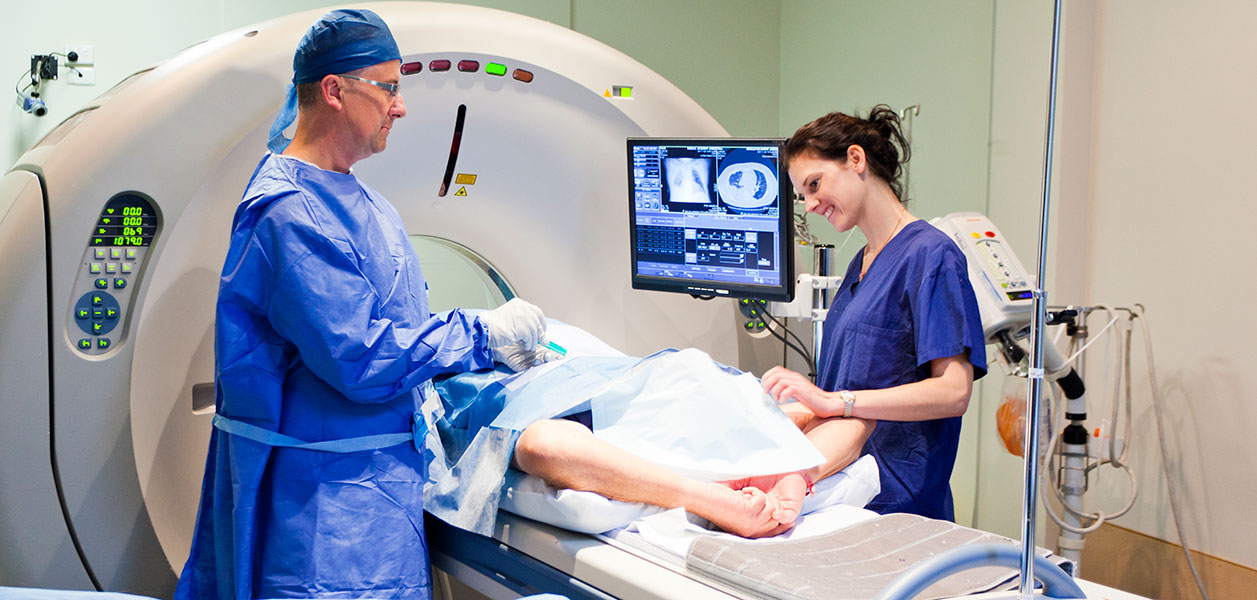In patients who are experiencing renal failure, hemodialysis can be a necessity to sustain life. This process moves the patient’s blood through a machine to filter it for waste. In order to perform dialysis, it is necessary to access the bloodstream through the use of a central venous catheter, a graft or a fistula.
Catheters in Dialysis
In order to use a catheter to access a patient’s bloodstream for dialysis, two tubes are joined at the point where they enter the body. One tube removes unfiltered or “dirty” blood from the patient’s body, while the other returns filtered or “clean” blood to the patient.
Using Fistulas and Grafts in Dialysis
In order to create a dialysis graft, an artery in the groin or the arm of the patient is connected to a vein with a special woven-plastic tube. On the other hand, a fistula can be created in the arm by directly connecting an artery and a vein. In either case, they can be directly accessed for dialysis.
Fistula and Graft Concerns
If a graft or fistula has a low rate of blood flow, a test called a fistulogram can be carried out to determine the problem. When an area that is too narrow is located, a balloon angioplasty process can be performed. This involves the insertion of a small balloon into the area, which is then inflated to enlarge the blood vessel. A metal stent can also be inserted to hold open the vessel.
If the area has become clotted entirely, a de-clot procedure can help. Contrast is used to reveal the size of the clot before various procedures are used to eradicate it. Angioplasty or a stent can then be used to widen the vessels. Alternately, if too much blood flows from the artery to the vein, a metal clip can be used to reduce blood flow.
Your Dialysis Maintenance Procedure
If you are undergoing a procedure for dialysis maintenance or access, it is important that you avoid eating or drinking eight hours prior to your procedure. Take medications with a sip of water only. During the procedure, you will be drowsy due to sedative medications. Once the procedure is over, sedation will wear off. You may need stitches; if so, they will be removed before you leave.



